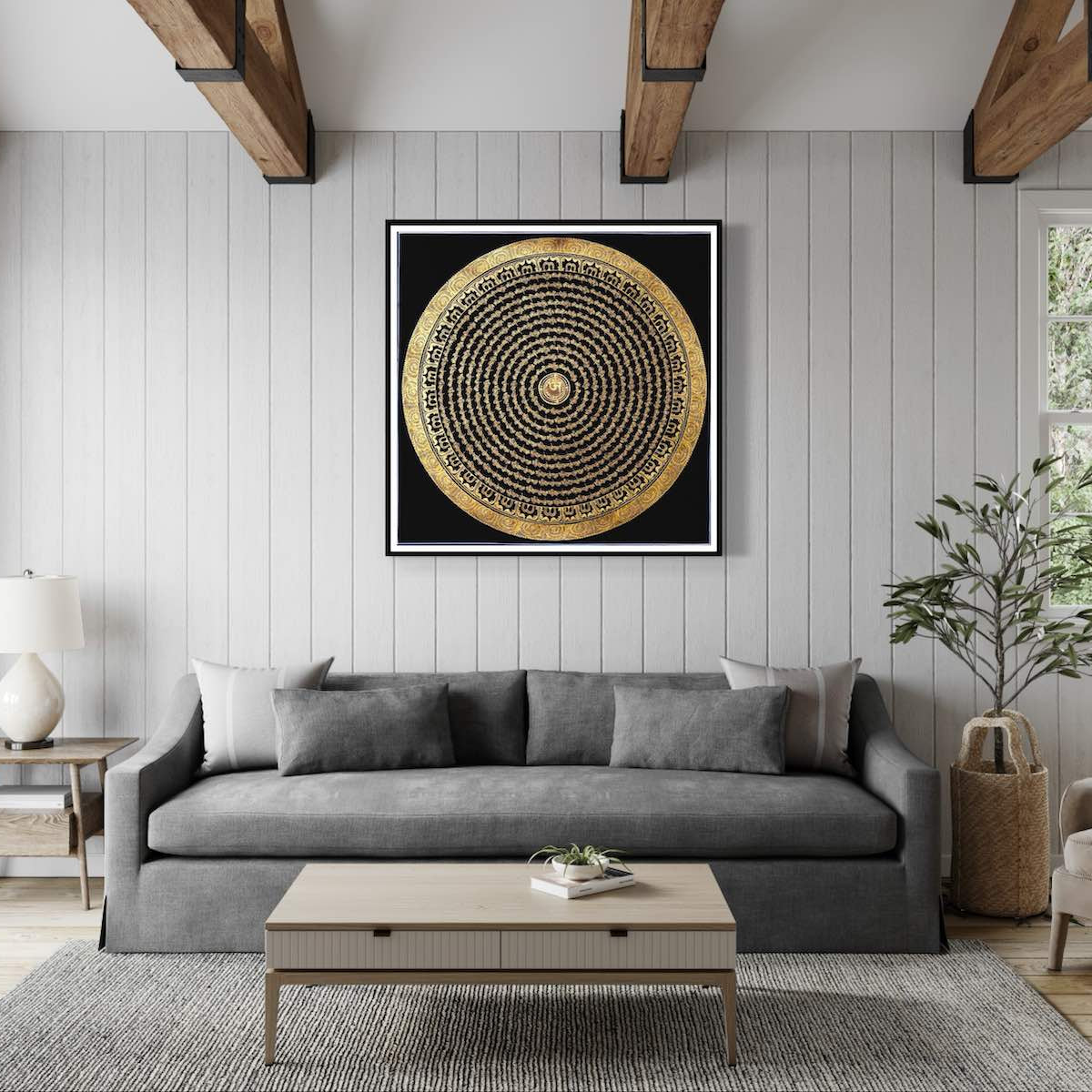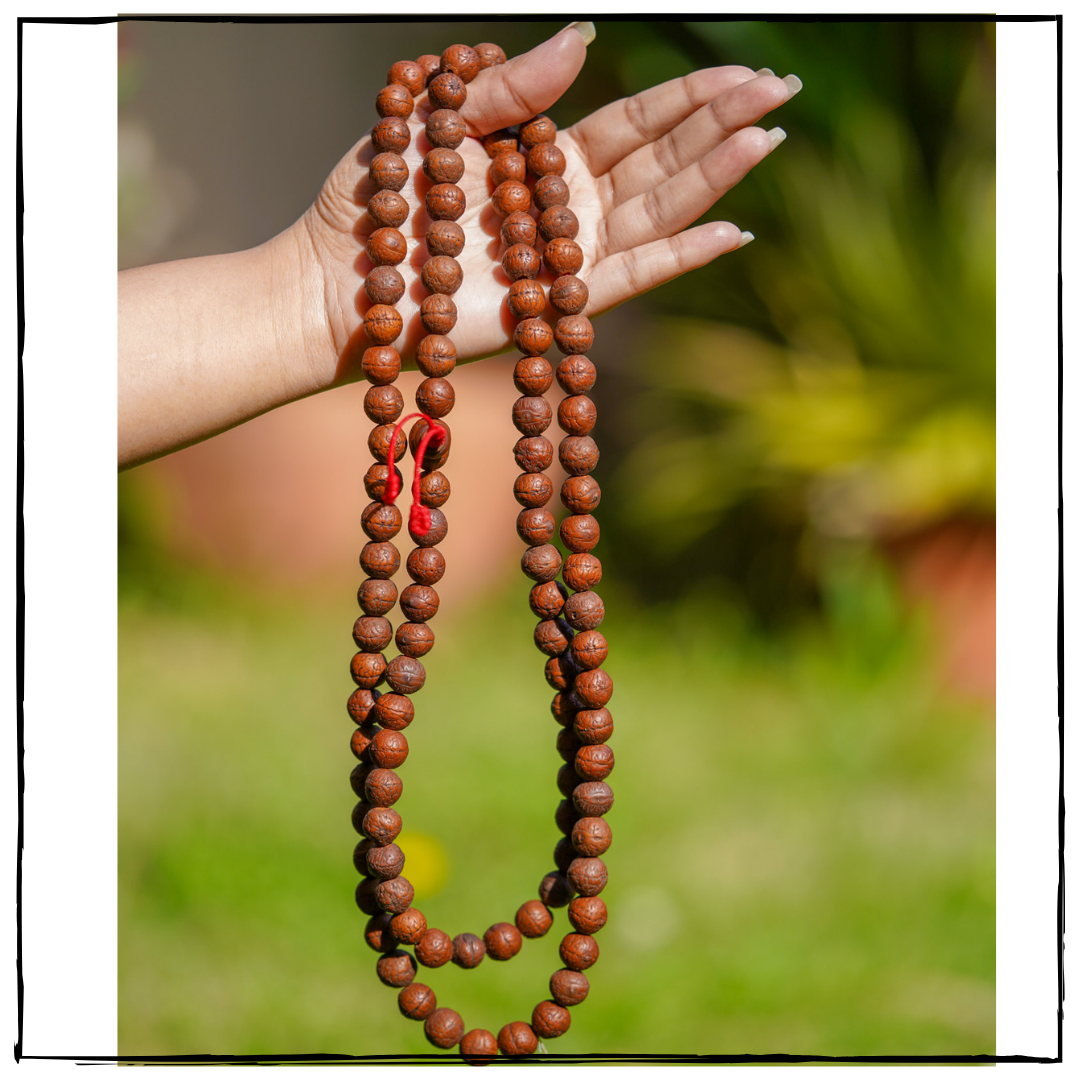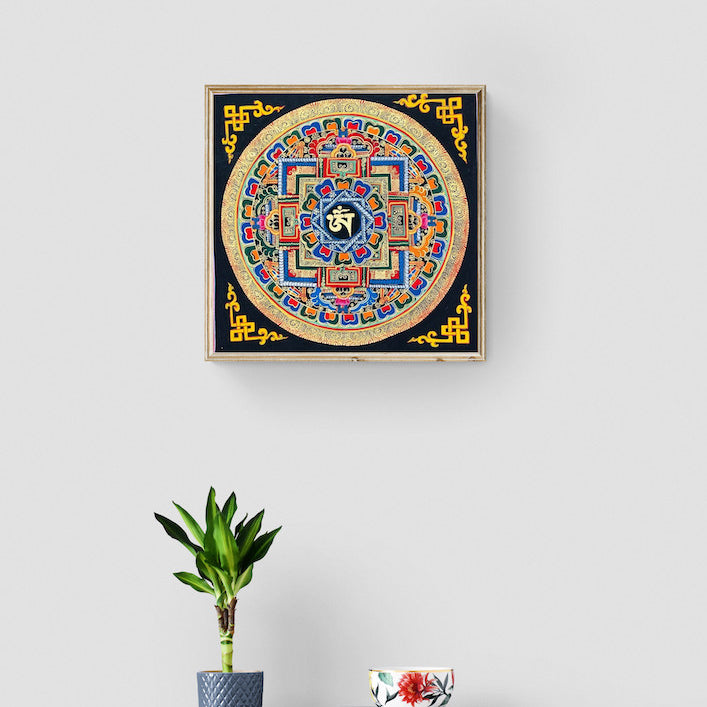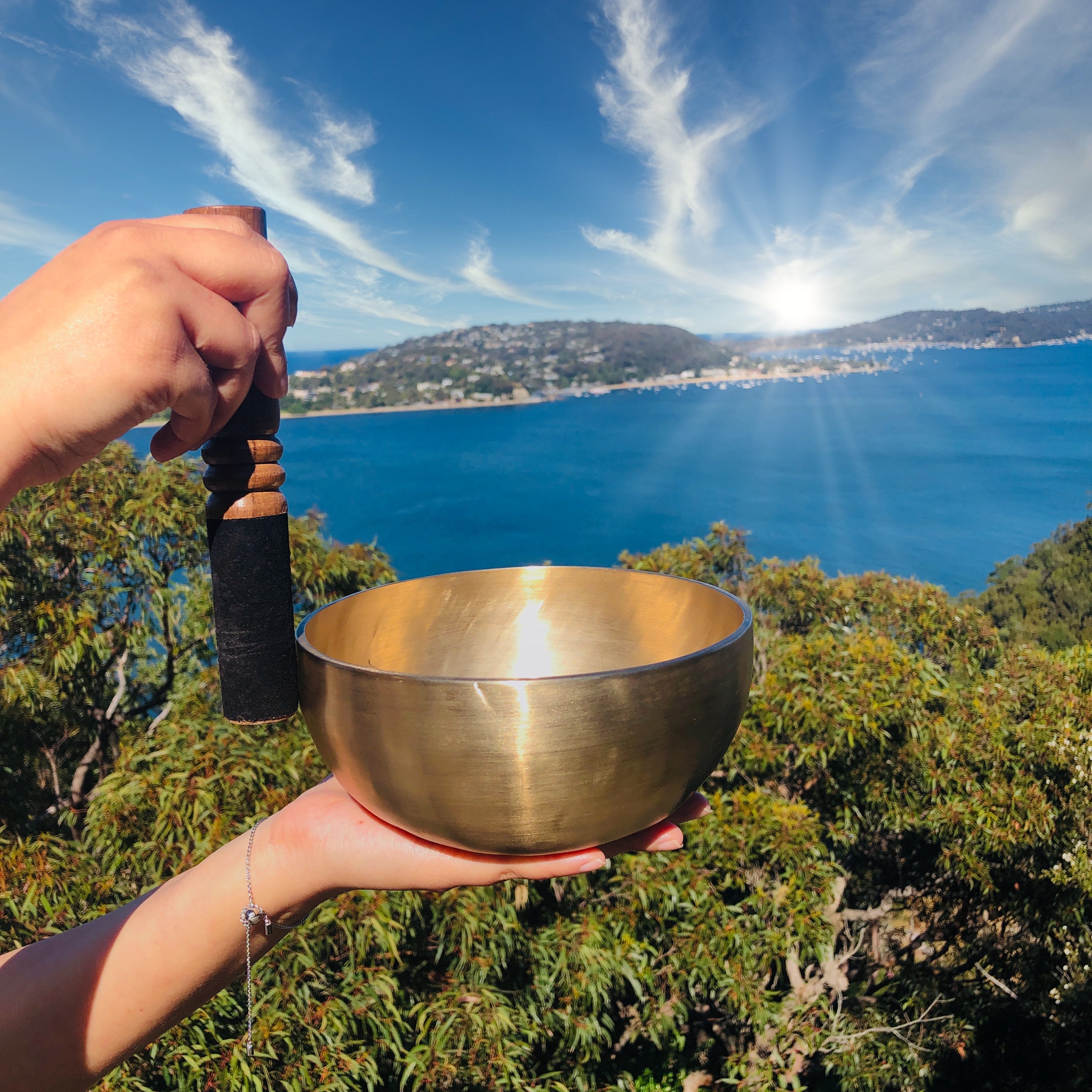Antique Zambala Thangka Painting
Couldn't load pickup availability
Description
A Thangka is an intricate, sacred painting on fabric that is an integral component of Tibetan Buddhism. The artworks usually depict Buddhas, mandalas, or scenes from the Buddha's life and are utilized as visual aides for teaching, spiritual reflection, and meditation. Preparing these works requires significant time and effort from experienced artisans, resulting in masterful works of art that represent Tibet's premier art form.
Zambala is an important figure in Vajrayana Buddhism, especially Tibetan Buddhism. His embodiment as the Bodhisattva of wealth and prosperity is revered by many. Believed to grant wishes and provide good fortune, protection, success, and increased abundance to those who honor and invoke him, Zambala is depicted holding a wish-fulfilling jewel, a representation of prosperity and the ability to fulfill desires.
This Antique Zambala Thangka Painting holds immense cultural, spiritual, and historical value. Zambala is a popular figure in Tibetan Buddhism, and Thangkas portraying him are believed to bring blessings of prosperity, abundance, and good fortune to those who venerate them. It is hand-drawn in fine detail by Tibetan artisans and painted with natural dyes, making it a unique and beautiful keepsake to be cherished for generations.
Product Specification:
- Hand Painted
- Materials: Semi-Precious Natural Minerals
- Base: Cotton Canvas
- Origination: Nepal

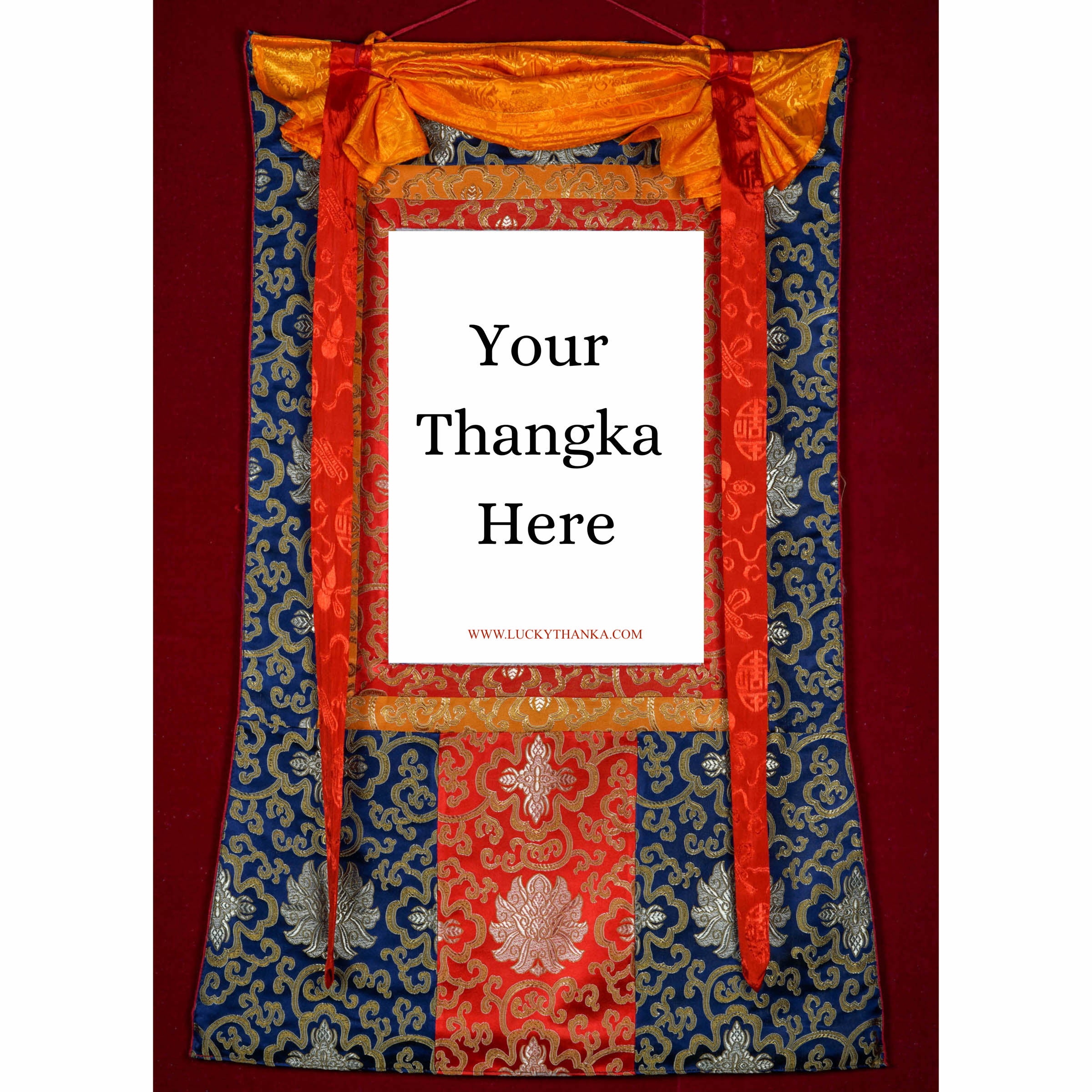
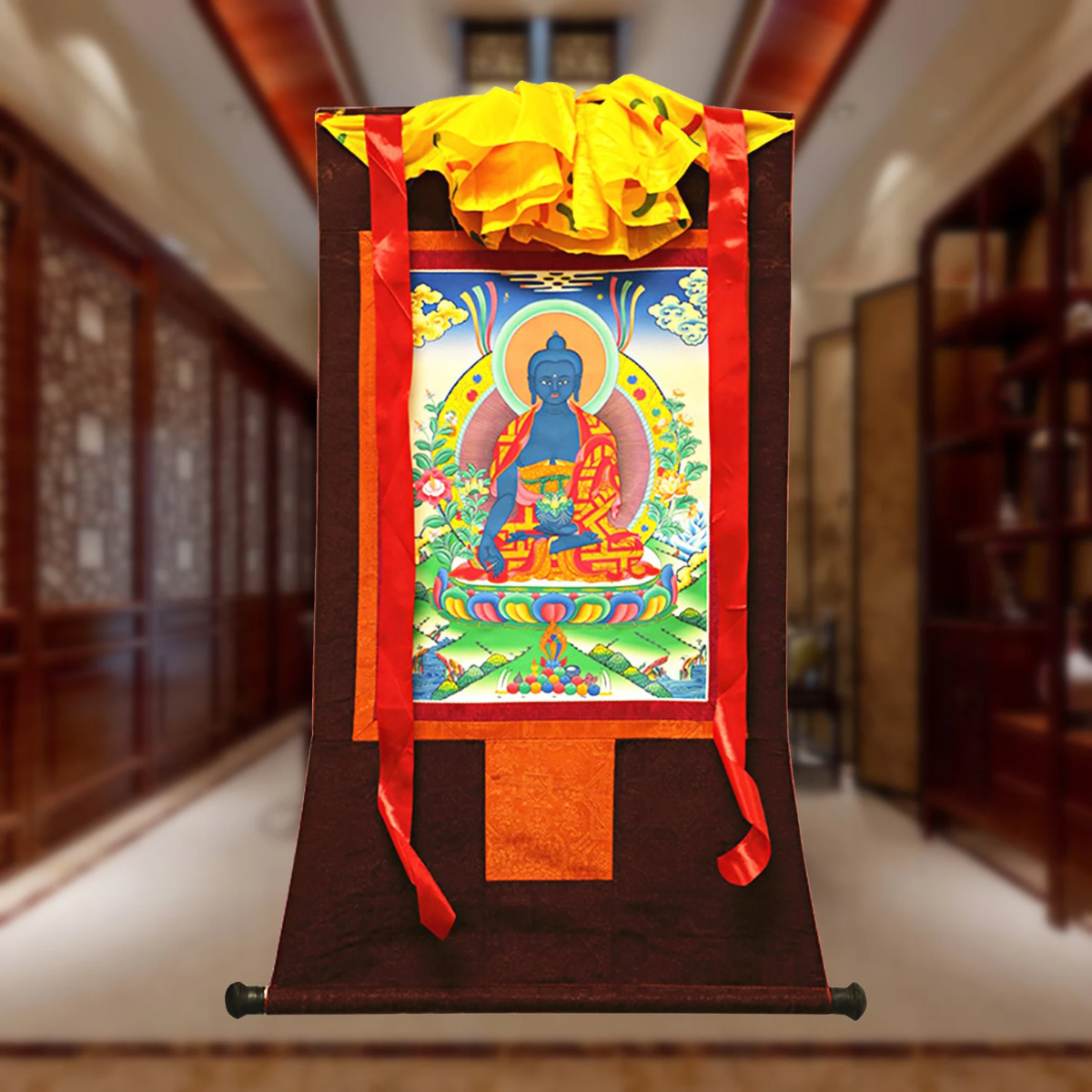
Hand Embroidery Brocade
Want to add a Brocade to your beautiful Thangka Painting? Traditional Style Brocade has been one of the most popular form of mounting as it has a greater religious merit.
Note: Make sure you have added the Thangka to your cart first.
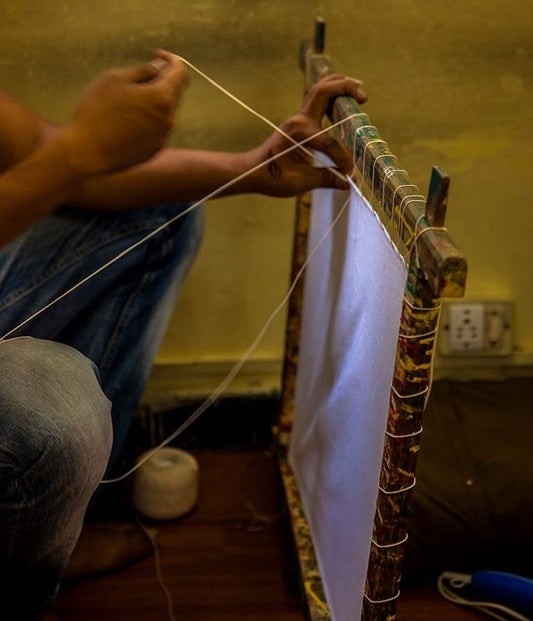
100% Cotton Canvas
Preparing the Cotton canvas before starting to paint a Thangka. This process includes washing, drying, stretching, sizing and everything needed to make a perfect base for the thangka to last for centuries.
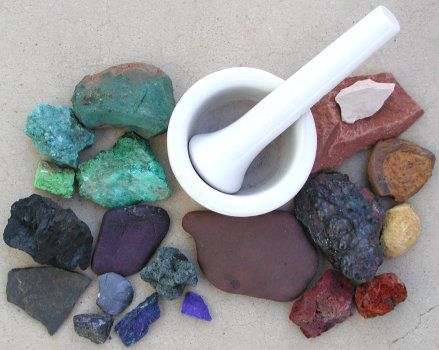
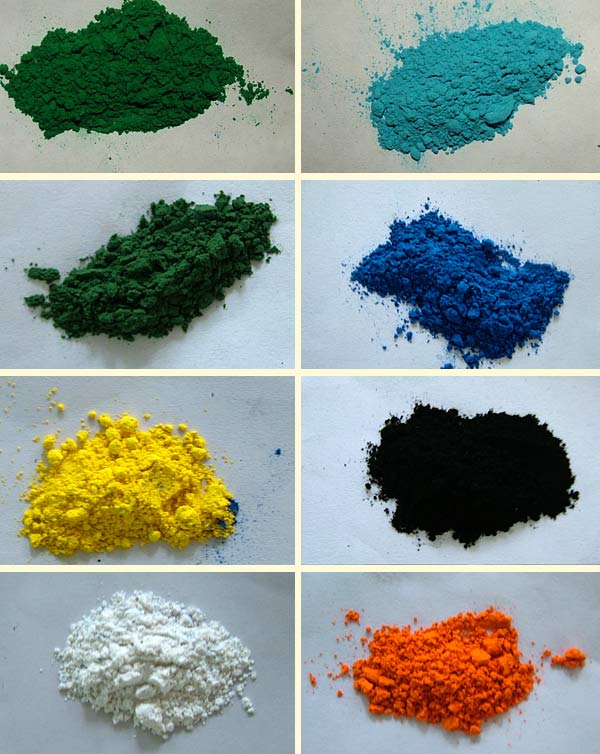
Natural Minerals
Thangka Paintings are painted using the natural minerals. These are firstly grind into the powder form and then used in the thangka as a paint.









